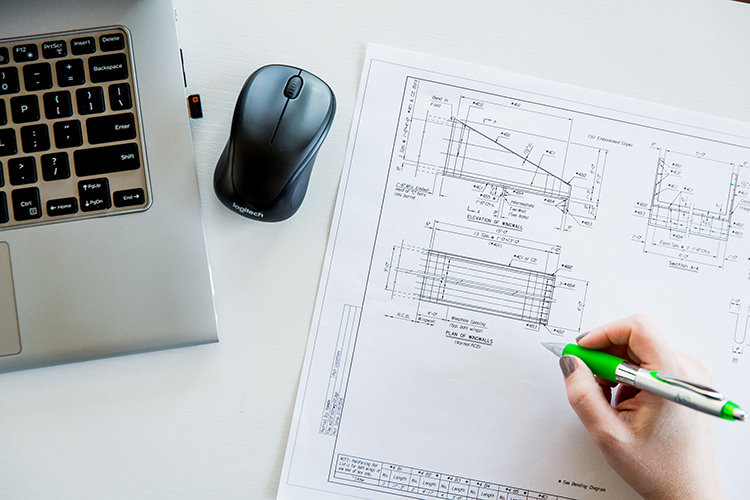What You Should Know Before Starting a CMP Repair or Replacement Project
Posted on Wednesday, September 22nd, 2021 by Affinis CorpIn Project Strategies, Stormwater, tagged in

As infrastructure ages, maintaining its integrity is an ongoing challenge for local communities. Cities are faced with deciding which projects to tackle first and how to best stretch tax dollars. When it comes to updating stormwater systems, there is a new approach. Instead of simply replacing corrugated metal pipes (CMPs), some communities are choosing to use a combination of pipe repair and replacement to extend the life cycle of a system. We’ve found this can be a very efficient way to achieve drainage goals with a smaller impact to an area.
To determine the best course of action, we recommend starting with video footage of the pipes in question. Our team often reviews these films, using a rating scale to evaluate each pipe. From this, we indicate if the pipe can be repaired or if a new one is needed. For example, if the damage extends over a large portion of the pipe, it may need to be replaced. However, if the issues cover smaller areas, lining might be a viable option. In addition, we consider if the area has flooding concerns, which can indicate a system that is under capacity. In this case, we may need to do a replacement regardless, as a repair would not fix flooding.

Repairing CMP segments comes with a few advantages. The first is that this causes fewer site impacts and eliminates many constructability concerns. It can also be done quickly without major restoration. Ease of access and timing are other benefits. In addition, repairing with liner offers a similar longevity to what is found with a replacement.
In terms of disadvantages, the repair often has a higher cost per linear foot. However, this approach allows cities to offset restoration costs associated with replacements. Another consideration is that this option is largely situational. If a pipe is too damaged, it can’t be lined successfully.
When making lined repairs, it’s important to note that it does change the roughness coefficient of the CMP and its diameter. It takes the CMP from a .027 coefficient to approximately .010 or .012, which is closer to what is found in a concrete pipe. This improves the capacity of the existing pipe and allows for more flow. However, the inside diameter will be constricted by the liner.
By comparison, replacing CMPs with reinforced concrete pipe (RCP) is a more traditional strategy. That being said, this method comes with greater construction-related risks and takes more time. It’s important to keep in mind that if a CMP has been previously damaged it will not have the same structural integrity as an RCP.
The process to line CMPs is fairly simple. It begins with locating the pipes. Then, as built plans are used to develop a strategy. Finally, the pipes are lined with cured in place pipe (CIPP) or centrifugally cast concrete pipe (CCCP). For a full replacement, there is often more engineering involved. For example, pipes may need to be adjusted or realigned based on the slope or other variables.